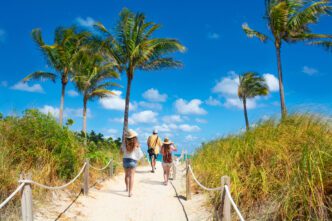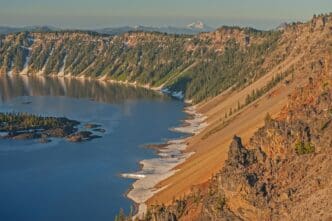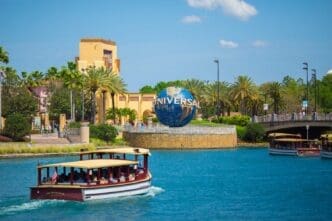For travelers dreaming of sun-drenched shores and ancient myths, Greek island hopping offers the ultimate Mediterranean adventure. This iconic journey invites you to explore a constellation of over 200 inhabited islands, each with its own unique character, from the whitewashed villages of the Cyclades to the lush, green landscapes of the Ionian Sea. The ideal time to visit is during the shoulder seasons of May-June and September-October to avoid peak crowds and prices, allowing you to craft an itinerary that perfectly balances legendary destinations like Santorini and Mykonos with quieter, more authentic discoveries. Ultimately, island hopping in Greece is a masterclass in freedom and flexibility, allowing you to travel by ferry between worlds of history, culture, and unparalleled natural beauty.
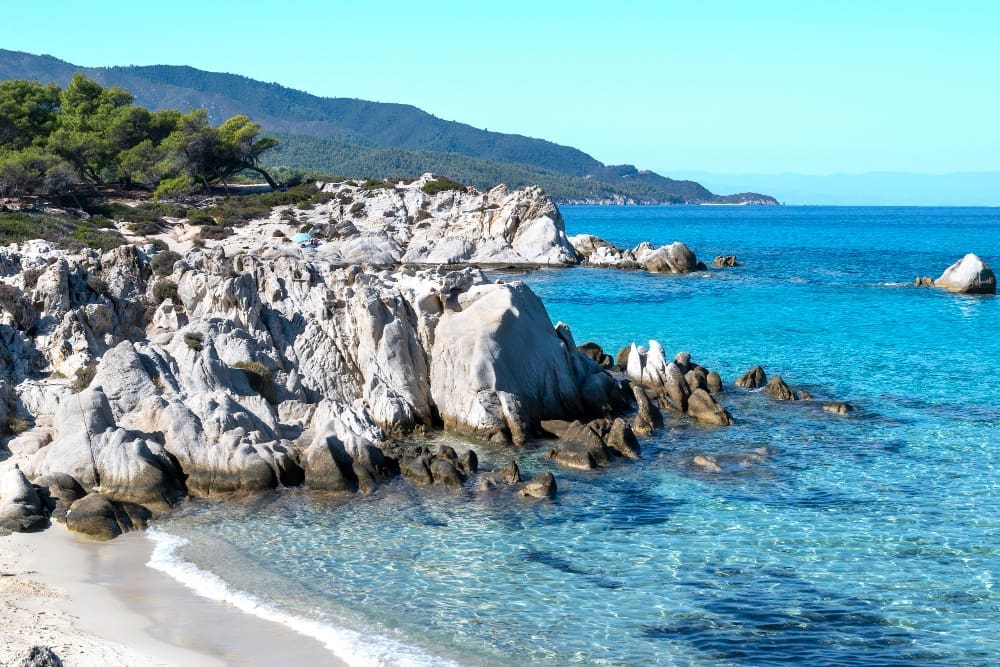
Planning Your Greek Odyssey: First Steps
Embarking on a Greek island-hopping trip requires a thoughtful approach to planning. While spontaneity is part of the charm, a solid framework will ensure a smoother, more enjoyable experience. The first decisions you’ll make—when to go, for how long, and on what budget—will shape the entire journey.
When to Go: The Best Seasons for Island Hopping
The Greek travel season is distinctly defined. The peak season runs from July to August, characterized by hot weather, large crowds, and the highest prices for ferries and accommodation. While this period offers the most frequent ferry services and a vibrant atmosphere, it can be overwhelming for some.

For a more balanced experience, consider the shoulder seasons: late spring (May to June) and early autumn (September to October). During these months, the weather is pleasantly warm, the sea is perfect for swimming, and the crowds have thinned considerably. You’ll find better deals on accommodation and a more relaxed pace of life on the islands.
The low season, from November to April, is generally not recommended for first-time island hoppers. Many tourist-focused businesses close down, and ferry schedules are drastically reduced, making travel between islands difficult. However, for those seeking solitude on larger islands like Crete or Rhodes, it can be a unique and quiet time to visit.
How Long to Stay: Crafting Your Itinerary
The ideal duration for an island-hopping trip is at least 10 to 14 days. This allows you to visit three or four islands without feeling rushed. A common mistake is trying to cram too many islands into a short period; remember to factor in travel time, as a ferry journey can consume half a day or more.
A good rule of thumb is to allocate a minimum of two to three nights per island. For larger islands like Crete or Naxos, you could easily spend a week or more exploring their diverse landscapes, beaches, and historical sites. For smaller islands, two nights may be sufficient to capture their essence.
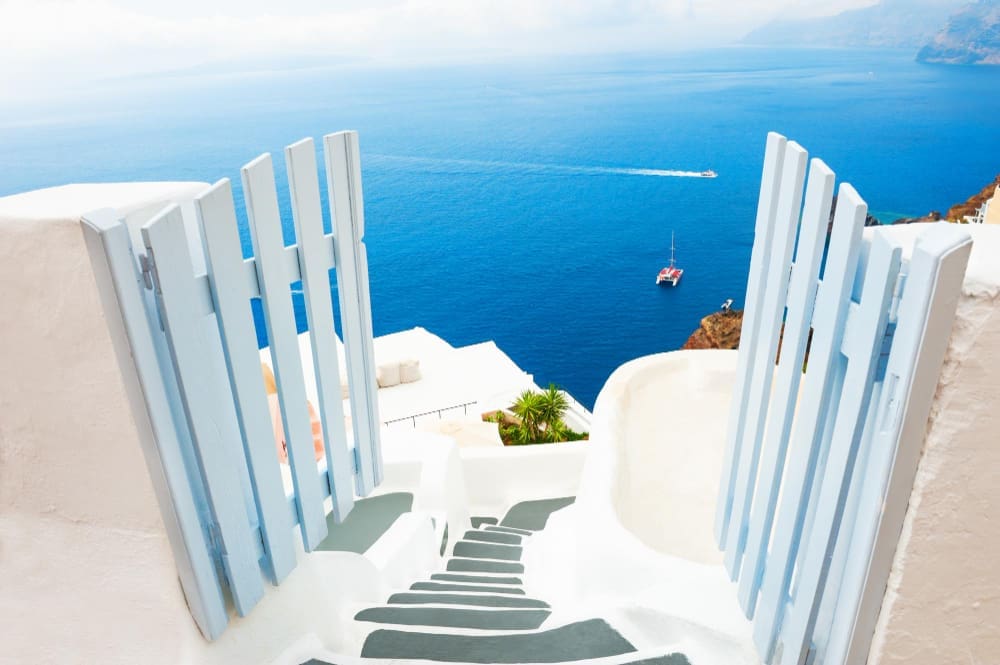
Budgeting for Your Trip
Greece can be a surprisingly affordable destination, but costs can vary dramatically depending on your travel style. A backpacker might spend €50-€70 per day, staying in hostels and eating at local tavernas. A mid-range traveler should budget for €100-€150 per day, covering comfortable private rooms, meals out, and some activities.
Luxury travel, especially on islands like Santorini and Mykonos, can easily exceed €300 per day. Your biggest expenses will be accommodation and inter-island transport. Booking ferries and hotels well in advance, especially for high-season travel, is the most effective way to manage your budget.
Choosing Your Islands: A Guide to the Archipelagos
Greece’s islands are clustered into distinct groups, each with its own history, architecture, and atmosphere. Choosing an island group to focus on is the most efficient way to plan your route, as it minimizes travel time and maximizes your experience.
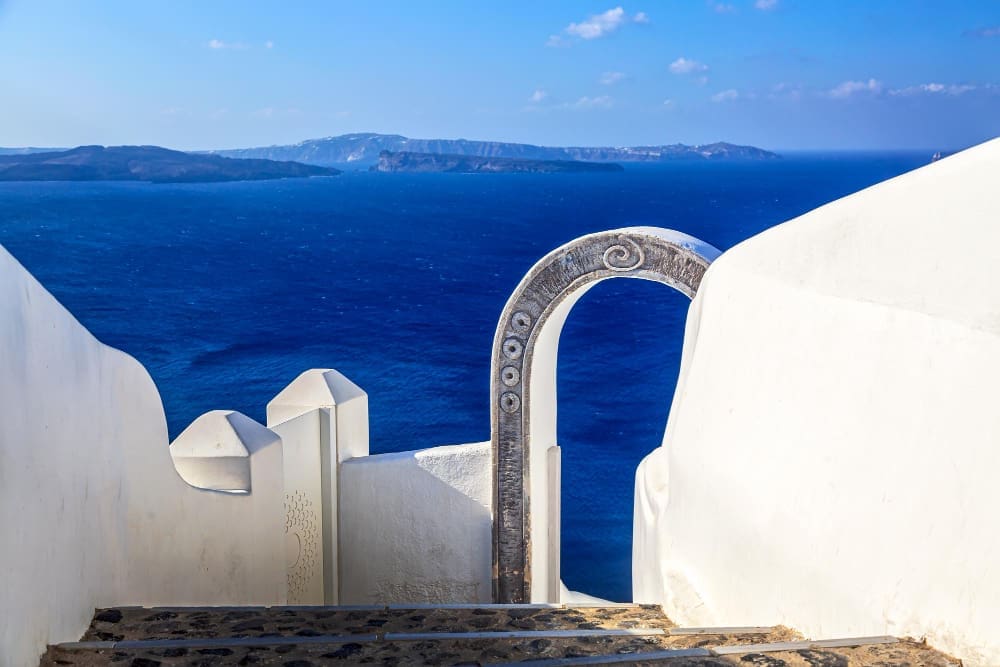
The Cyclades: The Quintessential Greek Experience
The Cyclades are the most famous and photographed of all the Greek island groups. They are defined by their iconic blue-and-white villages, sun-drenched landscapes, and golden beaches. This is the perfect starting point for first-time visitors.
Santorini
Known for its breathtaking caldera views, dramatic cliffs, and romantic sunsets, Santorini is a bucket-list destination. Explore the iconic villages of Oia and Fira, visit the ancient ruins of Akrotiri, and sample unique wines from its volcanic soil. It is undeniably tourist-heavy but remains a must-see for its sheer beauty.
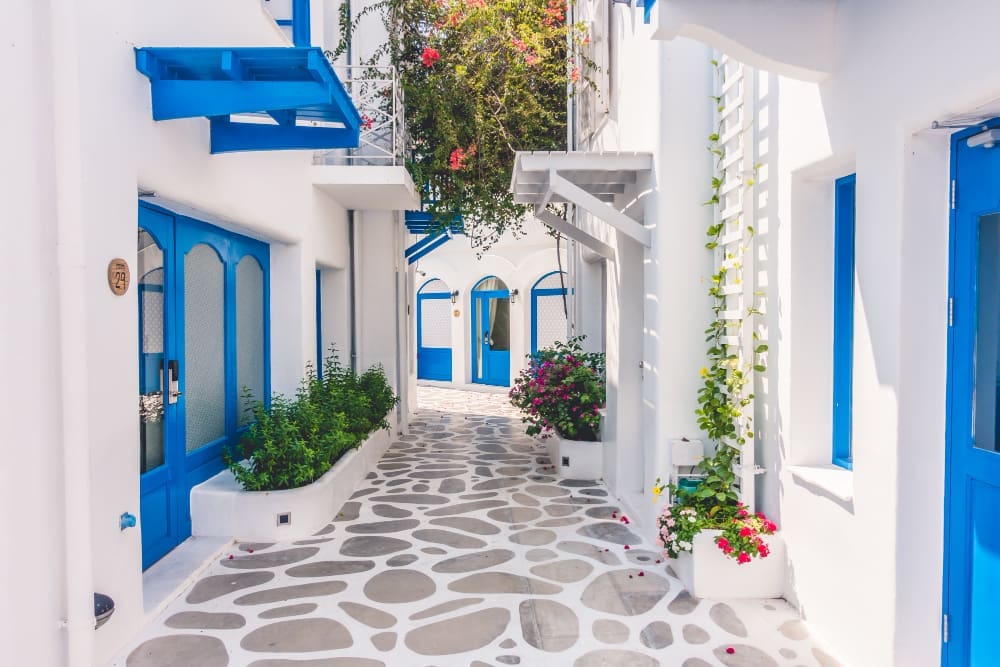
Mykonos
Mykonos is the glamorous heart of the Aegean, famous for its vibrant nightlife, luxury beach clubs, and cosmopolitan atmosphere. Beyond the parties, you can wander the charming labyrinth of Mykonos Town, see the iconic windmills, and enjoy the beautiful beaches of the southern coast.
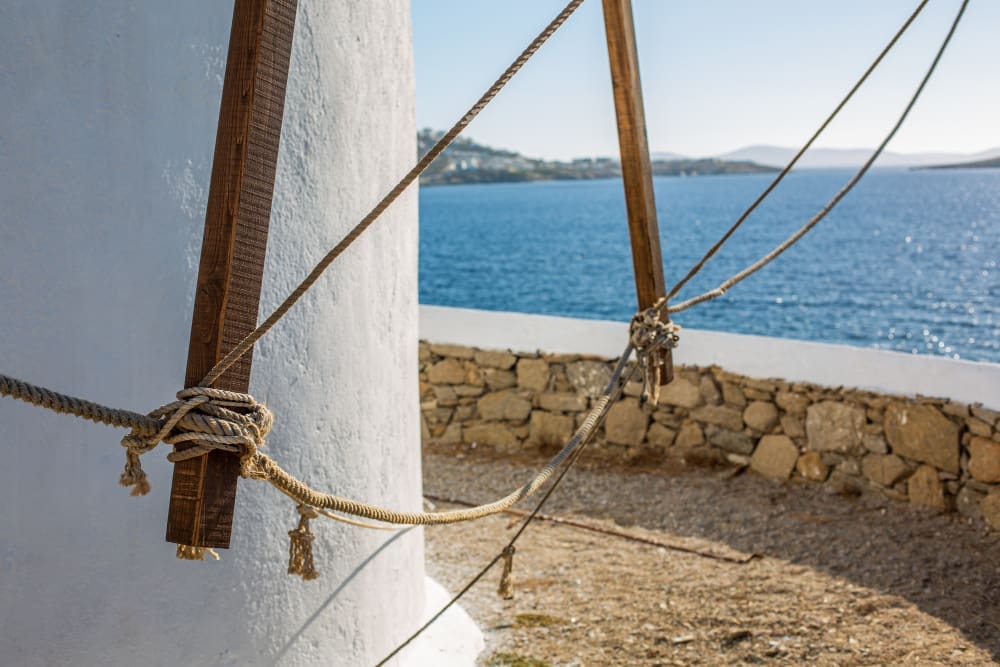
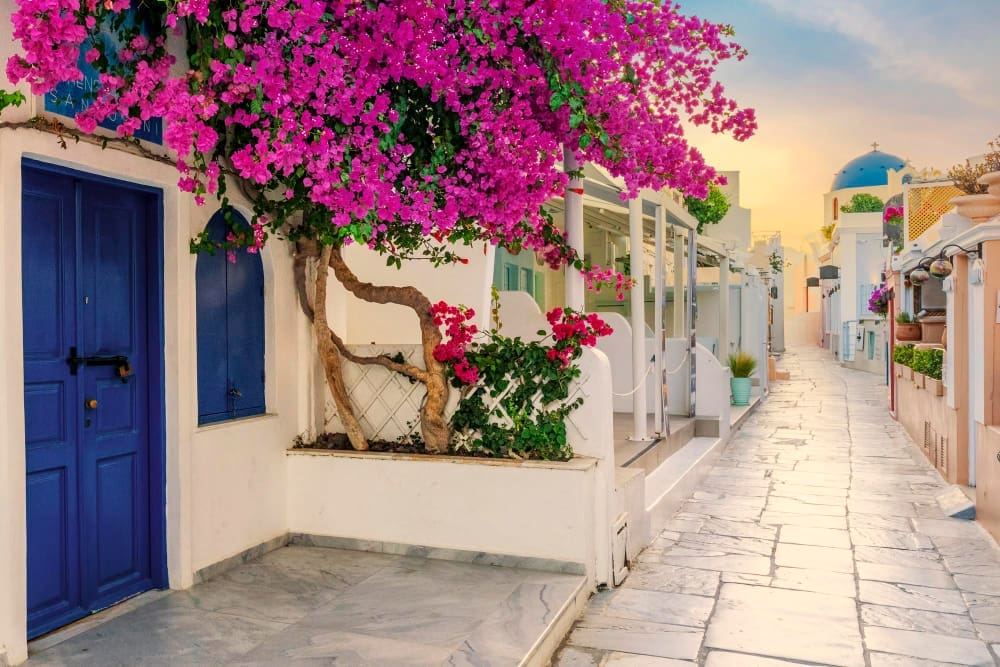
Naxos & Paros
For a more authentic and affordable Cycladic experience, Naxos and Paros are excellent choices. Naxos, the largest of the Cyclades, boasts some of the best beaches in Greece, a fertile interior with traditional villages, and the impressive Portara at the entrance to its harbor. Paros offers a perfect blend of beautiful beaches, traditional villages like Naoussa and Lefkes, and a lively but less intense nightlife than Mykonos.

The Ionian Islands: Green and Lush
Located to the west of mainland Greece, the Ionian Islands are characterized by their lush, green landscapes, Venetian architecture, and stunning turquoise waters. They offer a different flavor from the arid Cyclades.
Corfu
With its rich history and elegant Old Town (a UNESCO World Heritage site), Corfu is a cultural hub. Its Venetian, French, and British influences are visible in its architecture and cuisine. The island offers a mix of bustling resorts and quiet, olive-grove-covered hills.
Zakynthos & Kefalonia
These two islands are famed for their dramatic coastal scenery. Zakynthos is home to the world-famous Navagio (Shipwreck) Beach, a stunning cove accessible only by boat. Kefalonia, the largest Ionian island, boasts the spectacular Myrtos Beach, the enchanting Melissani Cave, and charming fishing villages like Fiskardo.
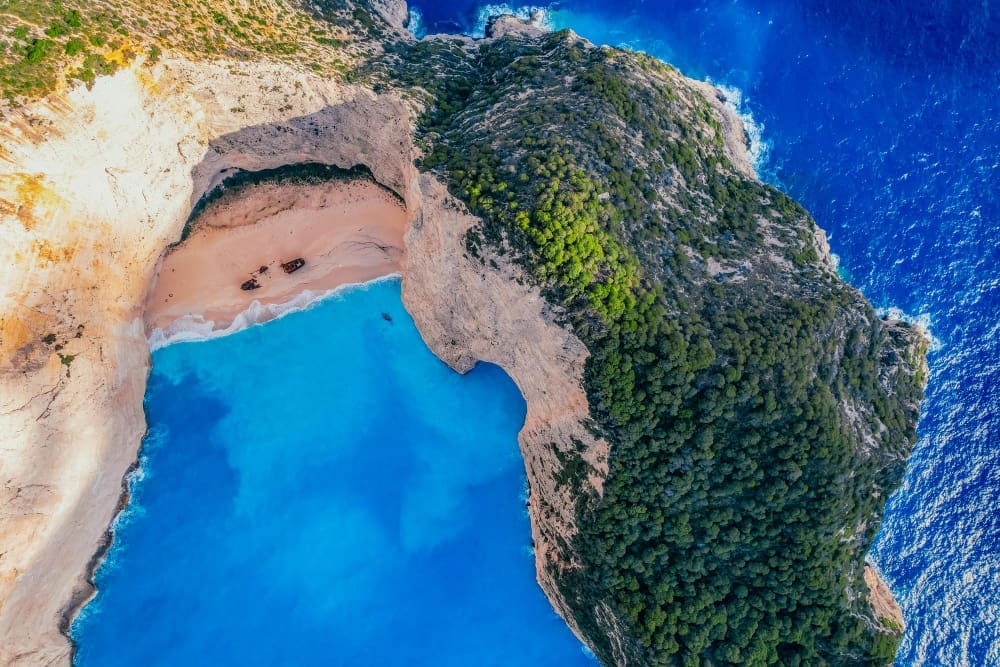
The Dodecanese: A Tapestry of History
Situated in the southeastern Aegean, close to the Turkish coast, the Dodecanese islands have a rich and complex history. They are dotted with medieval castles, ancient archaeological sites, and remnants of Ottoman and Italian occupation.
Rhodes
The capital of the group, Rhodes, features one of the best-preserved medieval cities in Europe. The UNESCO-listed Old Town, built by the Knights of Saint John, is a maze of cobblestone streets, grand palaces, and fortified walls. The island also offers beautiful beaches and the picturesque village of Lindos, crowned by its ancient acropolis.
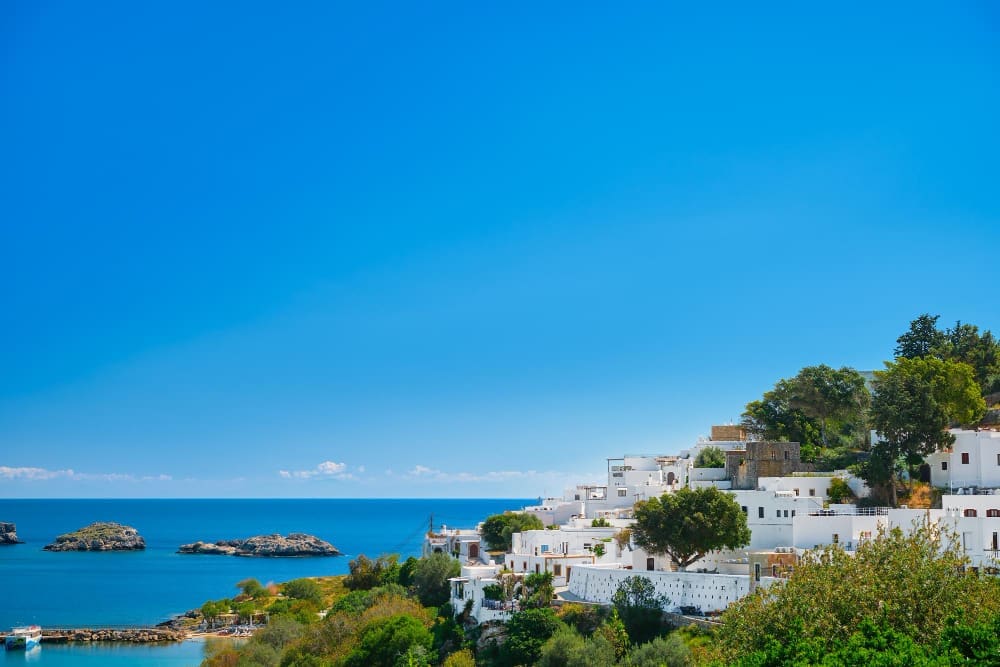
Kos
Kos is another island steeped in history, known as the birthplace of Hippocrates, the father of medicine. You can explore the ancient Asklepion, a healing center from antiquity, as well as Roman ruins and Crusader castles. The island is also popular for its long, sandy beaches and cycling paths.
Other Noteworthy Island Groups
Beyond the main three, other archipelagos offer unique charms. The Sporades, including Skopelos and Skiathos, are the lush, pine-covered islands where “Mamma Mia!” was filmed. The Saronic Islands, such as Hydra and Aegina, are just a short ferry ride from Athens, making them perfect for a quick getaway.
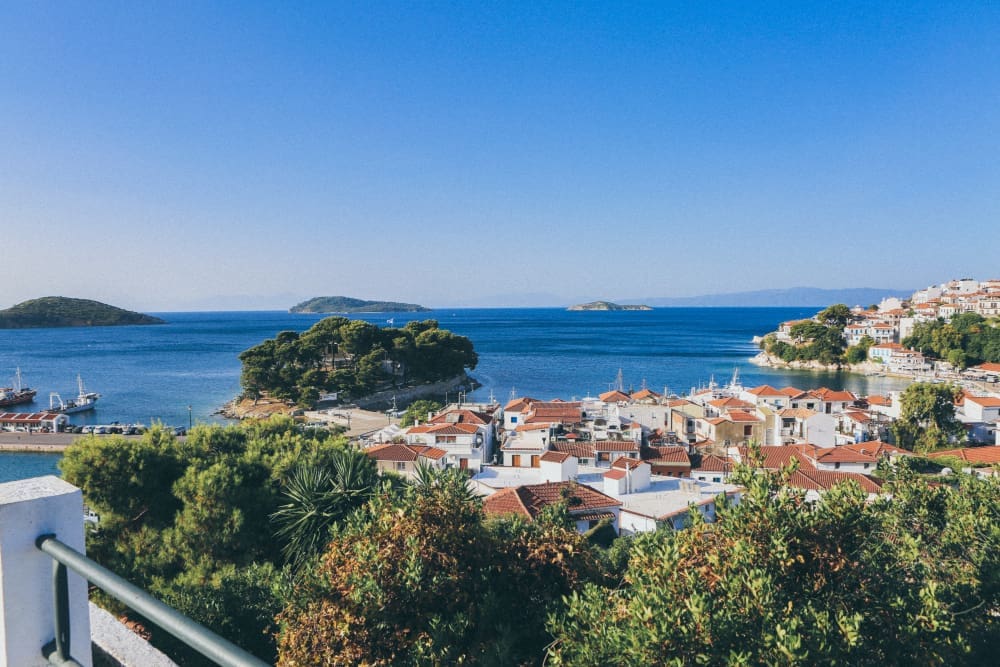
Finally, Crete is a world unto itself. As Greece’s largest island, it boasts everything from rugged mountains and ancient Minoan palaces to sprawling beaches and vibrant cities. It is best treated as a primary destination rather than a quick stop on an island-hopping tour.
Getting Around: Mastering Ferries and Flights
The ferry is the lifeblood of Greek island hopping. The system is extensive and reliable, connecting hundreds of islands and mainland ports. Understanding how it works is key to a successful trip.
The Greek Ferry System
Ferries generally fall into two categories. Conventional or slow ferries (like those operated by Blue Star Ferries) are large vessels that carry both passengers and vehicles. They are more stable in rough seas, often have open decks for enjoying the view, and are the most affordable option.
High-speed catamarans and hydrofoils (operated by companies like Seajets) are much faster but also more expensive. They are smaller, passenger-only vessels that can be more susceptible to weather-related cancellations and offer a bumpier ride. They are a great choice for saving time on shorter routes.
Booking Your Tickets
During the high season, it is essential to book popular ferry routes (e.g., Athens to Mykonos or Santorini) several weeks or even months in advance. For less-traveled routes or during the shoulder season, you can often buy tickets a few days ahead of time or even at the port.
Online booking platforms like Ferryhopper or direct bookings through ferry company websites are the easiest ways to secure your tickets. These platforms allow you to compare schedules and prices across different operators and plan your entire route in one place.
When to Consider Flying
For long distances, such as from Athens to Rhodes or Crete, a domestic flight can save you a significant amount of time. Flights can also be the only practical way to travel between different island groups, for example, from the Ionian Islands to the Cyclades, which are not well-connected by ferry.
Final Tips for a Perfect Trip
A few final pieces of advice can make all the difference. Pack light, preferably with a backpack or duffel bag, as dragging a wheeled suitcase over cobblestones and up ferry ramps is a challenge. Always carry some cash, as smaller tavernas and shops on less-touristy islands may not accept credit cards.
Most importantly, embrace “island time.” Delays can and do happen due to weather or other unforeseen circumstances. Build some buffer time into your schedule and be prepared to be flexible. The true magic of island hopping lies not just in the destinations, but in the journey itself—the salty air, the endless blue of the Aegean, and the anticipation of the next port of call.
Ultimately, a Greek island-hopping adventure is a deeply personal experience. Whether you seek history, nightlife, relaxation, or natural beauty, the Greek islands deliver in abundance. With a bit of planning and a spirit of adventure, you can create a journey that will stay with you for a lifetime, a mosaic of unforgettable moments set against the backdrop of the Mediterranean sun.



